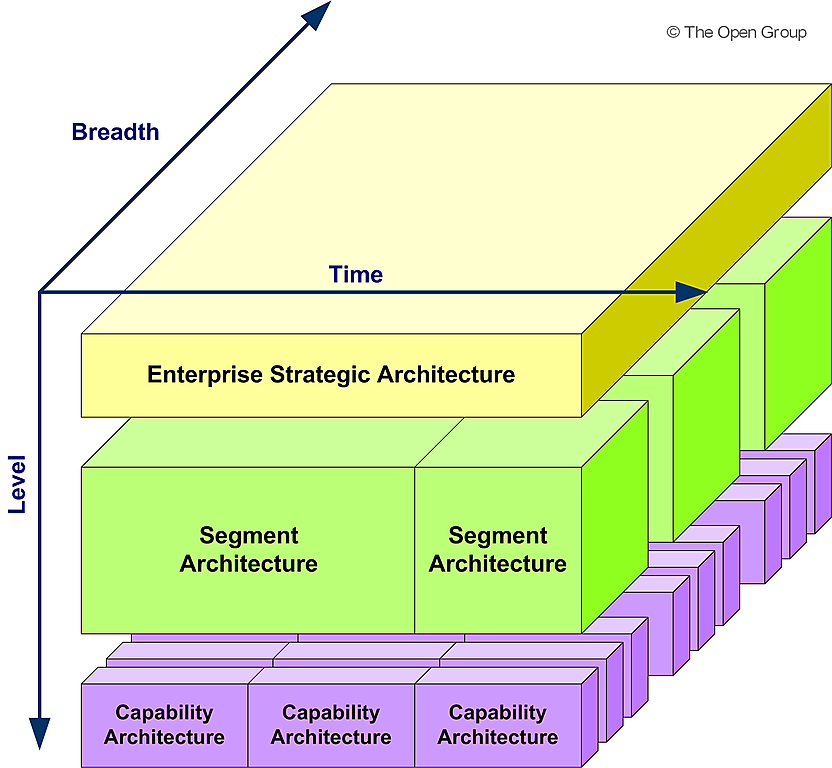The EA Landscape: Navigating the Complex Enterprise Architecture
Enterprise architecture (EA) is a complex and multifaceted discipline, and at its heart lies the concept of the EA Landscape. The EA Landscape encompasses the comprehensive set of architectural descriptions that define an organization’s architecture. However, it’s important to recognize that the EA Landscape is not a single, monolithic entity, but rather a collection of distinct architectural models and views, each tailored to address specific needs and requirements.
Organizing and Populating the EA Landscape
Understanding and organizing the EA Landscape is fundamental to the architectural process. Here are some key considerations:
- Populating the EA Landscape:
- Every initiative aimed at developing and maintaining EA contributes to the EA Landscape.
- Over time, as multiple actions take place, the EA Landscape evolves, adapts, and gets refreshed.
- The concept of iteration, as embedded in the TOGAF framework, addresses this dynamic nature.
- Architecture Projects and the EA Landscape:
- Rather than viewing iteration solely in terms of re-sequencing and looping through the Architecture Development Method (ADM), consider combining it with the concept of an Architecture Project.
- Each Architecture Project intentionally develops a portion of the EA Landscape to meet specific needs.
- Contextualized within prior architecture, the project refines and potentially modifies components within the EA Landscape.
- Components of the Populated EA Landscape:
- When the EA Landscape is populated, it contains descriptions, constraints, and guidance.
- Repeated information gathering, analysis, review, and approval are essential for confident decision-making.
- Existing decisions, guidance, and constraints inform ongoing architecture development.
- Best practice emphasizes minimal information gathering and analysis, focusing on addressing immediate questions.
Four Independent Characteristics of the EA Landscape:

-
- Breadth: Refers to the subject matter covered by an Architecture Project. It can span domains, organizations, and initiatives, forming a hierarchy of specific subject areas.
- Level of Detail: Architects should develop to the least detail required to address the purpose of the Architecture Project.
- Time: Each architecture development project has a planning horizon—the point when the Target Architecture is expected to be achieved. Considering the dynamic future is crucial.
- Recency: Architectural descriptions, specifications, and views are created for specific purposes. Recognizing their recency helps determine whether they need review or replacement.
It’s important to remember that the EA Landscape is not a neatly confined space; instead, it resembles a consolidated center with spikes extending in various directions. As architects, we must be prepared to navigate this complexity and adapt our approach accordingly, leveraging the key principles and characteristics outlined above.

